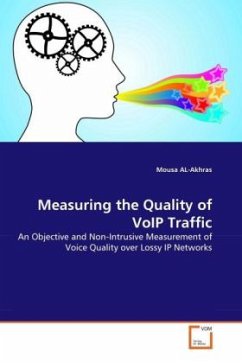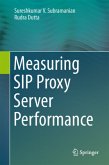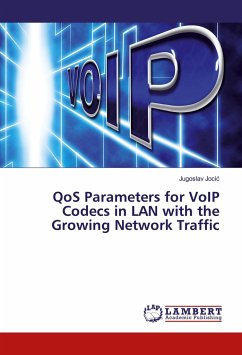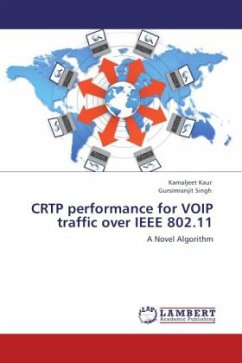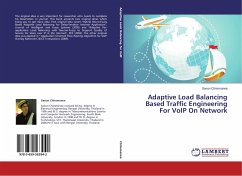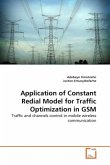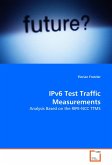IP networks carry data traffic very well but they are not designed to carry voice traffic. Therefore, several degradations affect the quality of Voice over Internet Protocol (VoIP) traffic. An active area of research is the measurement of the quality of VoIP applications objectively, accurately and non-intrusively. One of the main methods for measuring VoIP quality is the E-model standardised by the ITU-T. The E-model is an objective and non- intrusive method for measuring the speech quality, but it depends on subjective tests to calibrate its parameters which are known to be time-consuming, expensive and hard-to-conduct. Consequently the E- model is applicable to limited number of network conditions. Also, it is less accurate than the intrusive methods such as Perceptual Evaluation of Speech Quality (PESQ) because it does not consider the contents of the received signal. In this book several improvements for the E-model based on PESQ are introduced to improve the E- Model's accuracy and to extend it to new network conditions based on packet loss classification.
Bitte wählen Sie Ihr Anliegen aus.
Rechnungen
Retourenschein anfordern
Bestellstatus
Storno

